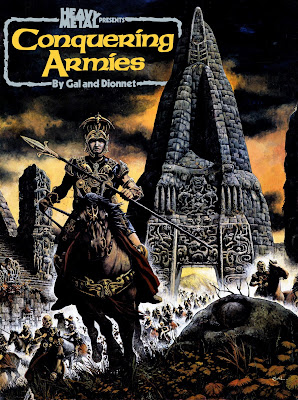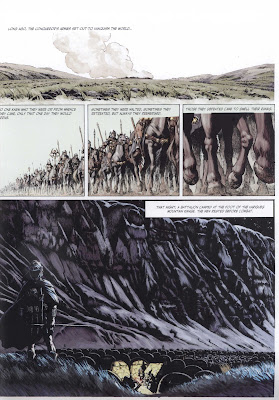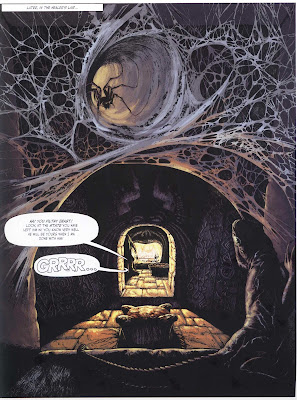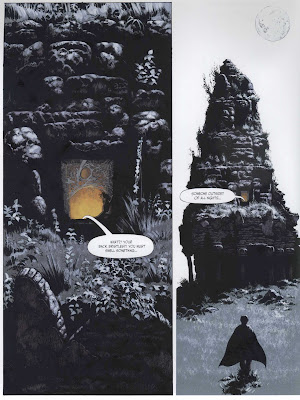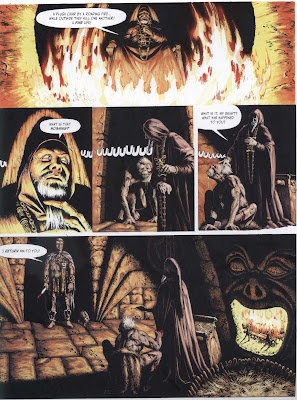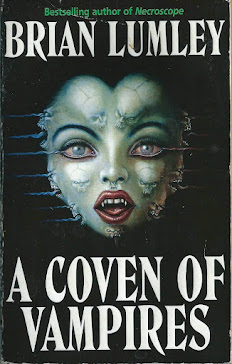Released in June, 1980, Can't Stop the Music did poorly at the box office and quickly fell into feature-film oblivion. But nowadays it has emerged as a superlative example of unique late 70s / early 80s cheese.
The film was the brainchild of Hollywood producer Alan Carr, who made a substantial amount of money mining American pop culture's 'nostalgia craze' with the 1978 hit Grease.
In 1979, Carr decided to capitalize on the popularity of the 'disco craze' , by producing another musical, this one a campy sendup of 30s musicals. Carr's project would feature the Village People, one of the most high-profile and commercially successful disco groups of the decade of the 70s.
In May of 1979, when filming on Can't began, this seemed like a wise commercial move. Carr had no way of knowing that by the end of the year, the disco craze would be dying away, to more or less vanish by the Fall of 1980.
(Although, for reasons that are hard to fathom, the film was a big hit in Australia.)
Carr chose middle-aged actress Nancy Walker as the director. Walker had essentially no experience with filming a major studio production, which badly hampered the production. To make things worse, when on location in New York City, the production was confronted by angry gays, who thought it was part of the Al Pacino movie Cruising, that also was filming in the city at that time.
According to the 'cowboy' in the Village People, Randy Jones (author of the book 'Macho Man: The Disco Era and Gay America's Coming Out'), the making of Can't Stop was one giant [gay] party, that saw huge sums of money spent on everything and anything but.....making the actual film.
The highlight of the film was the music video sequence for the hit Village People song, 'YMCA'.
Even today, the glimpses of Valerie Perrine siting topless, in a whirlpool, with the naked Village People playfully splashing water at her is......... more than surreal.
Be prepared to witness footage of the Village People, and the patrons of a 'health club', exercising in short-shorts, tube socks, cropped tee shirts, terrycloth short-sets, and doubleknit polyester track suits......the height of workout fashion in 1979 !
And now, here it is in all its cheesy glory......'YMCA' from the film Can't Stop the Music...... !












